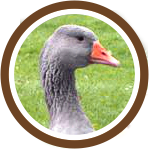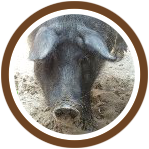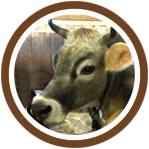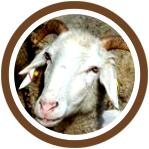Black Alpine Pig
Mountain farming
On today's Alps, pigs are usually kept inside
In the last hundred years, we have lost almost all of our Alpine breeds of pigs. Only in northern Italy some relic stocks remained until recently. Pig keeping has not stopped - today pigs are taken on Alps with cows to use the whey - but the pasturing of pigs has changed radically. Why?
- The modern performance breeds, due to their body type, are no longer suitable for grazing on mountain pastures (short-legged, long and heavy body).
- Today's pink breeds have little skin pigments and cannot tolerate the strong UV light of the Alps. They quickly start suffering from sunburn (dangerous!)
- Today's breeds must be protected from the harsh weather conditions, large temperature differences and the rapid climate change in the Alps.
- Today's expensive care costs must be kept low.
Conclusion: The modern animals will still continue to be sporadically taken for use of whey on the cow alps, but there are usually only kept inside and fed on additional cereals. They no longer have much in common with the original, extensively grazed pigs in the Alps.
In some places, tests are performed with wooly pigs which are not susceptible to sunburn. Wooly pigs are, however, lowland animals. Although they can be kept extensively they are not really suitable for mountains. Because of their morphology and properties, they provide only a partial solution.
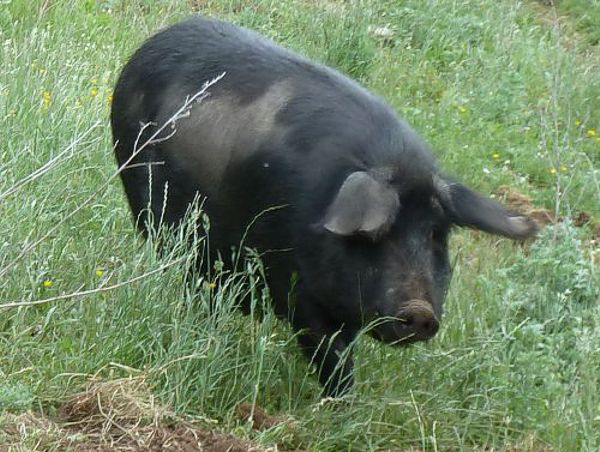 pigmented animal freewheel
pigmented animal freewheel
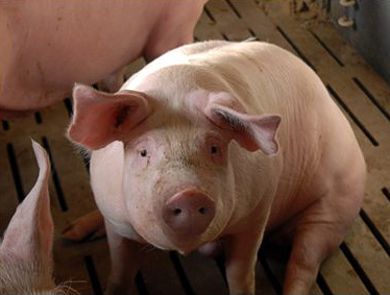 not pigmented animal in stabling
not pigmented animal in stabling
The old breeds were used in free range systems
- Opportunities for sustainable Alpine farming
The previous Alpine pig breeds were dark in colour, had a dense bristle dress and a thicker skin. They were thus sunburn resistant and particularly adapted to the extreme weather conditions in the mountains. As extensively held grazing pigs they adapted to life on mountain pastures. The old breeds were not only whey users, but also ate the roughage on inferior pastures. They represented a cultural good and also had an immense importance for the economy and ecology of the Alps.
